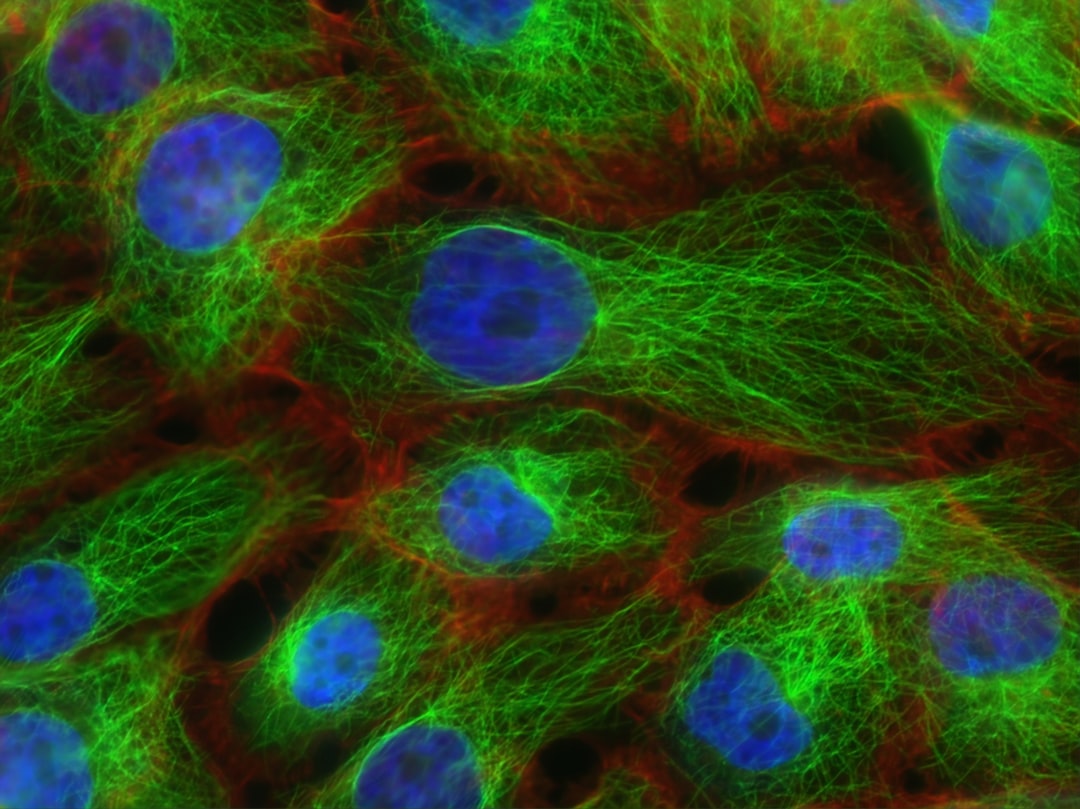What is it about?
A wide variety of environmental contaminants adversely affect thyroid hormone (TH) homeostasis. Hypothyroidism and/or hypothyroxinemia during the early postnatal period in the rat leads to permanent structural damage and loss of function in the cochlea. A major uncertainty in assessing the risks of developmental exposure to thyroid-disrupting chemicals (TDCs) is the lack of a clear characterization of the dose-response relationship, especially in the lower region, between disruption of hormones and adverse consequences. The current work correlated early postnatal hypothyroxinemia with hearing loss in the adult rat. Linear regression was performed on the log transform for total serum thyroxine (T4) concentrations on postnatal day 14 or 21 versus dB(SPL) of hearing loss in adult animals developmentally exposed to TDCs. Regression analyses revealed a highly significant correlation between T4 concentration and hearing loss. In the rat, a 50–60% decrease in circulating T4 was needed to significantly impact hearing function. This correlation suggests that T4 serum concentrations at 14 or 21 days of postnatal age may be a good predictive biomarker in rodents of the adverse consequence of developmental exposure to TDCs.
Featured Image
Why is it important?
The findings demonstrate a strong correlation between early postnatal total serum T4 concentration with auditory thresholds in rats. This correlation establishes the prognostic power of early postnatal T4 for adverse neurological consequence of developmental exposure to TDCs in rats.
Read the Original
This page is a summary of: Developmental Disruption of Thyroid Hormone: Correlations with Hearing Dysfunction in Rats, Risk Analysis, December 2004, Wiley,
DOI: 10.1111/j.0272-4332.2004.00557.x.
You can read the full text:
Resources
Contributors
The following have contributed to this page










